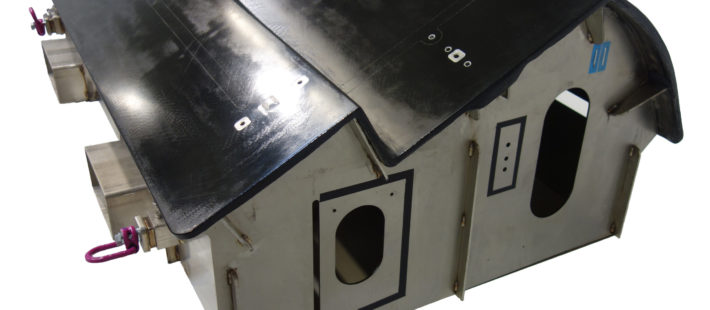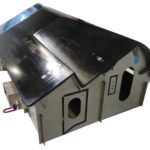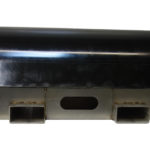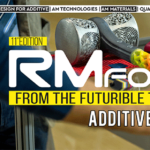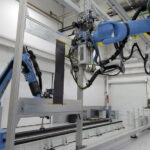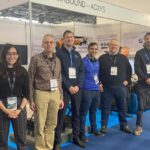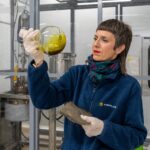A new direct mould tooling technology for aerospace announced by Decision SA, part of the leading European composites consortium, Carboman Group, and a specialist in the development, prototyping and production of large composite structures. This solution provides OEMs and manufactures with short lead times – as short as six to eight weeks. Direct moulds are highly stable for series production both in and outside of the autoclave at temperatures of up to 180˚C.
The first customer moulds have been created using the new technology and providing a tooling glass prepreg, stainless-steel backed direct female mould tool created for the series production of a Class 3 fairing to a leading European aerospace OEM.
Decision’s direct mould process
The team’s engineers select a material combination for the tool surface and support structure that will provide the optimum match between the coefficient of thermal expansion (CTE) of the mould and the composite part to be processed.
The CNC machined composite face sheet is supported by a stress-relieved metallic or composite backing structure before final post-curing and machining is completed.
What is the principal advantage of the new approach?
Aside from removing the need for costly and time-consuming plug production, the benefit is the production accuracy delivered by the closely matched CTE of the mould tool and the finished composite part.
Grégoire Metz, Managing Director, Decision SA
“With our new direct tooling technology, we are able to combine the highest technical standards in dimensional accuracy and thermal stability with extremely short lead times. Decision and Carboman Groups’ combined mission has always been to develop the construction methods for tomorrow’s composite structures, and we believe that this tooling solution will allow our customers to accelerate the implementation of the next generation of high-performance carbon fibre aerostructures and components” .
 |
Subscribe now to our quarterly Compositi newsletter
|


